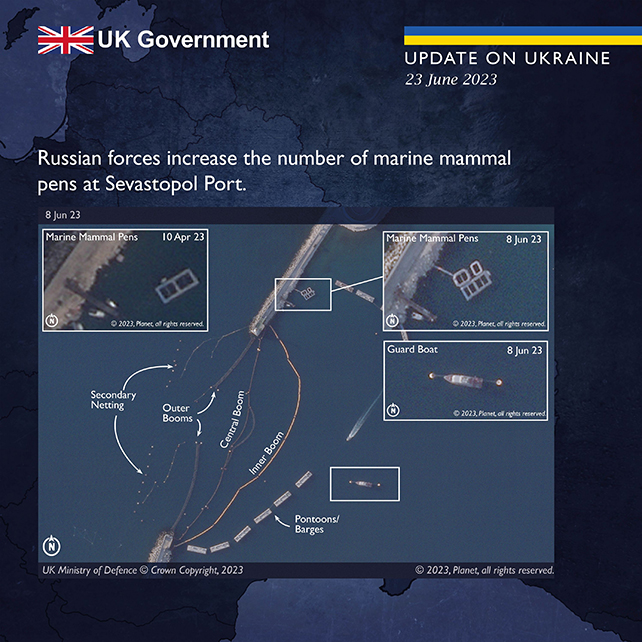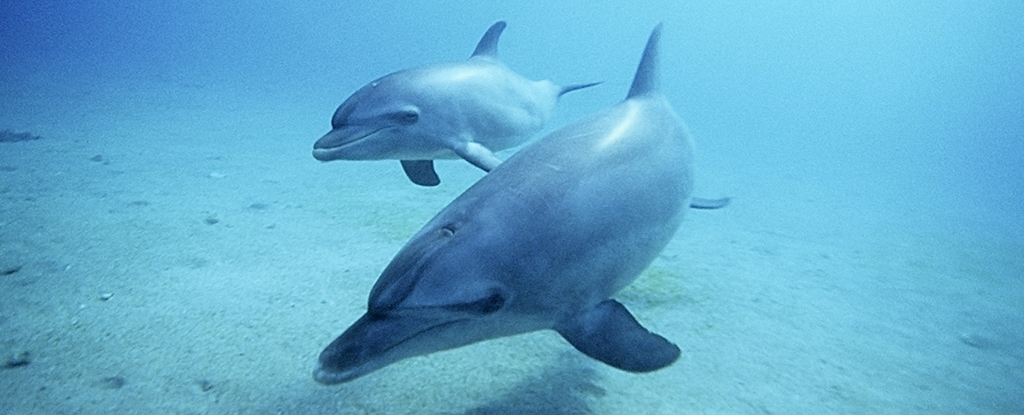Products You May Like
Dolphins might not be the first animal you think of when it comes to putting together a battle-hardened team of warriors, but the Russian military is reportedly recruiting bottlenose dolphins to defend the Sevastopol naval base in the Black Sea.
As per the UK Ministry of Defence, “trained marine mammals” are being kept in pens to deter divers.
Those pens have almost doubled in number in recent weeks, according to UK intelligence, suggesting that more dolphins are being recruited to the cause. While they wouldn’t take on human divers in fin-to-hand combat, they could be used to flag up the presence of divers in the water to their handlers, and perhaps tag them so they’re easier to locate.

Crucially, as pointed out by a Naval News report, no one can outswim a dolphin – not even the most expert underwater divers. That makes these animals very useful when it comes to noticing divers that are trying to get by undetected.
Bottlenose dolphins can reach speeds of around 18 miles (29 kilometers) per hour in the water, which is significantly higher than the 6 miles (10 kilometers) per hour that the best human swimmers are able to get up to.
Information supplied to Naval News indicates there might be as many as seven dolphins in service around the port at the moment. These dolphins can also be moved around the base by being transported on boats in specially designed cradles.
The dolphins aren’t the only line of defense either. An extensive network of anti-torpedo nets, depth charge systems, and rocket launchers are protecting Sevastopol. If the divers get past all that, they have the dolphins to contend with.
The Russians have controlled Sevastopol since the invasion of Crimea in 2014, and it’s a clear target for Ukraine forces.
It’s thought that the Russian navy has been deploying marine animals for years: so-called spy whales have been noticed, carrying Russian equipment that may or may not be used for monitoring purposes, and showing an unusual friendliness towards humans.
That friendliness or willingness to get close to boats might be to rid themselves of their harnesses, it’s been suggested. However, countries aren’t particularly keen to reveal details of their military strategies, or what they may have discovered about those of another nations.
It’s not just the Russians either, because the US has also trained dolphins to look for undersea mines and mark their locations with buoys, for example. This has been going on since the 1960s, so we’re talking about decades of research and deployment.
While the idea of military defense dolphins initially seems absurd, when you dig a little bit deeper it actually makes a lot of sense – so much so that two of the world’s biggest superpowers have been using the tactic.
